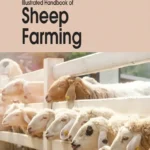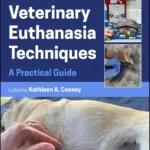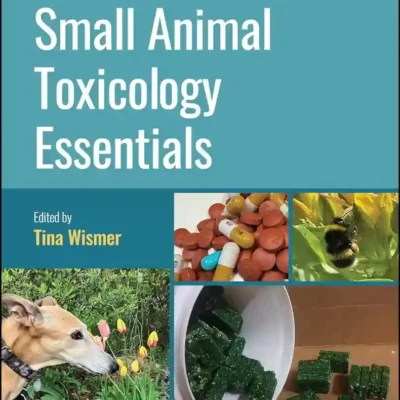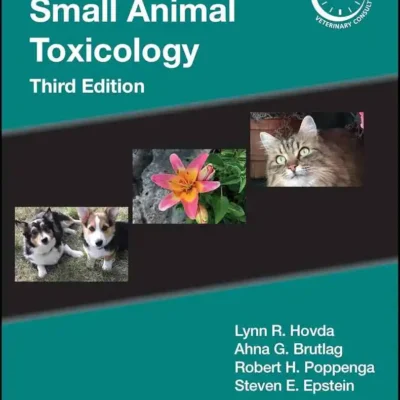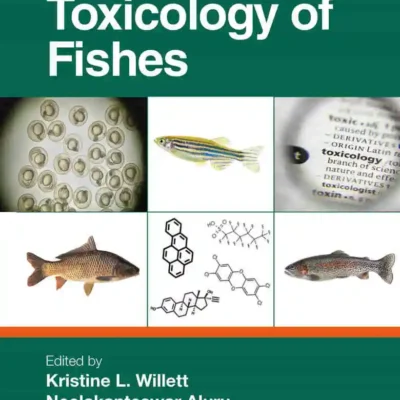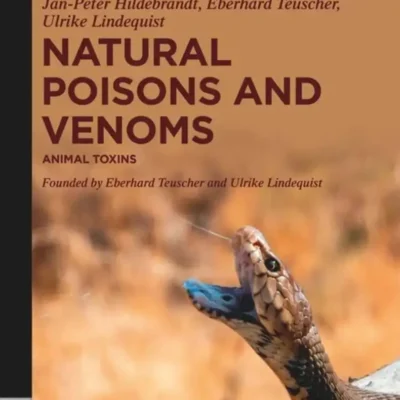Fluoride Toxicity in Animals
 by Rakesh Ranjan, Amita Ranjan
by Rakesh Ranjan, Amita Ranjan
April 2015
This book describes in detail various aspects of fluoride toxicity in animals. Animals, like human beings, suffer from the toxic effects of excess fluoride intake. They show pathological changes in their teeth and bone, together with a marked reduction in appetite, productive and reproductive potentials, which can result in severe economic losses in the dairy industry. Laboratory and wild animals also suffer from this ailment. Animal suffering and economic losses alike can be minimized through early diagnosis of the problem and by adopting suitable preventive and therapeutic measures. The book details the susceptibility of different animal species, important sources of toxicity, clinical signs and symptoms, pathophysiology, diagnostic methods, preventive and therapeutic approaches. It offers a valuable resource for scientists working in the fields of toxicology, veterinary science, animal nutrition, and environmental science, as well as for public health workers, animal welfare activists, public health veterinarians, field veterinarians, medical professionals and all others interested in the subject.
- Provides detailed information about various aspects of fluoride toxicity in animals, viz. physiochemical properties of fluoride, its biological role and toxicity potential
- Discusses different anthropogenic and natural sources of excess fluoride intake for animals
- Elucidates fluoride tolerance of different animal species, kinetics and metabolism of fluoride inside the body and clinical symptoms of acute and chronic fluoride toxicity
- Describes the collection and preservation of samples, laboratory tests and other ancillary methods of diagnosis
PDF 1.29 MB

